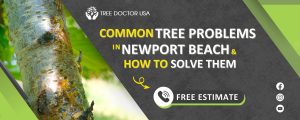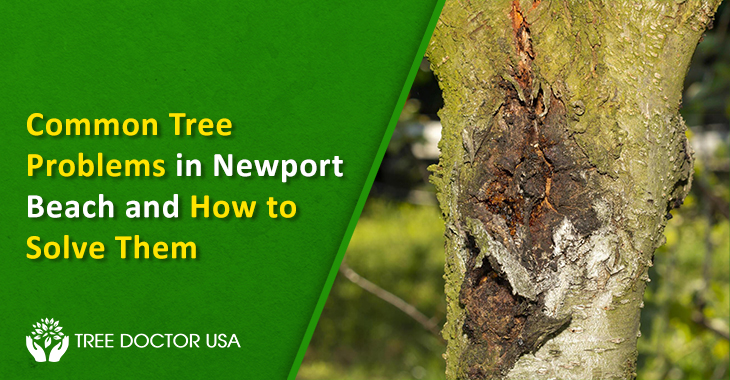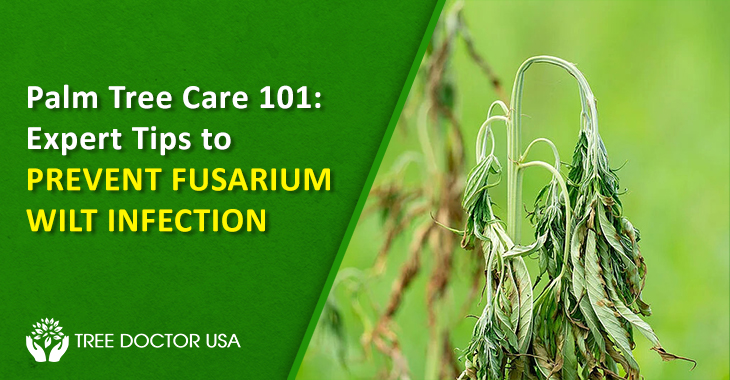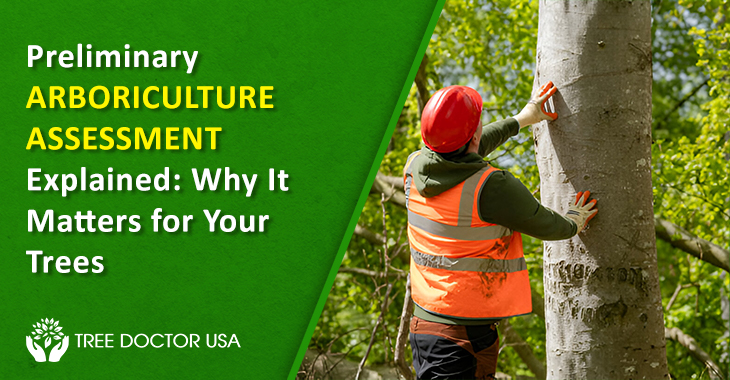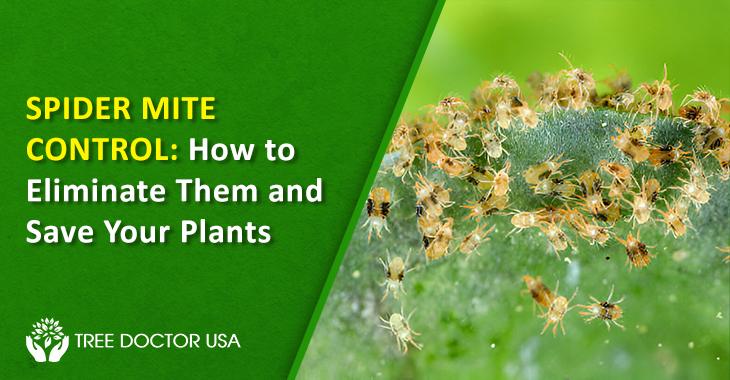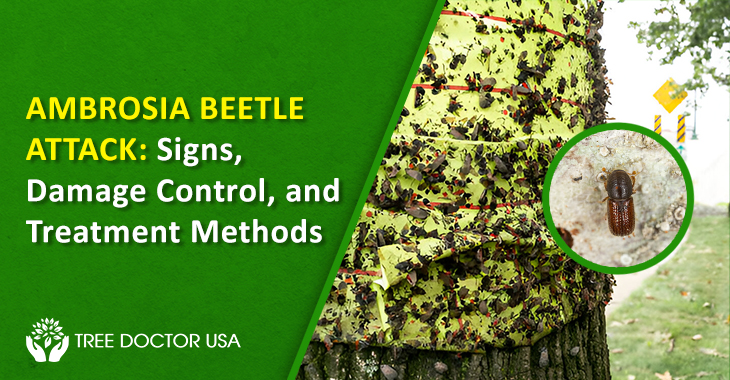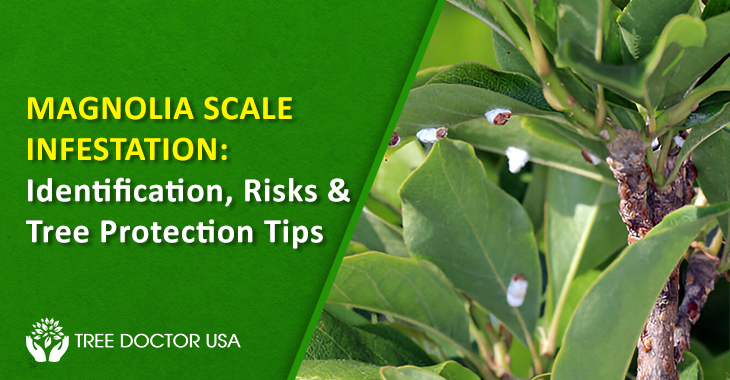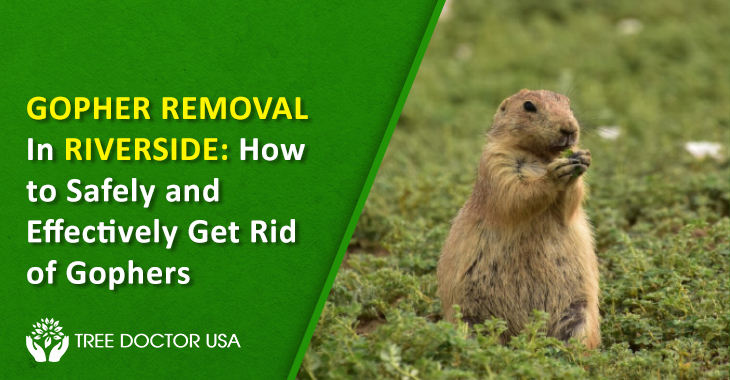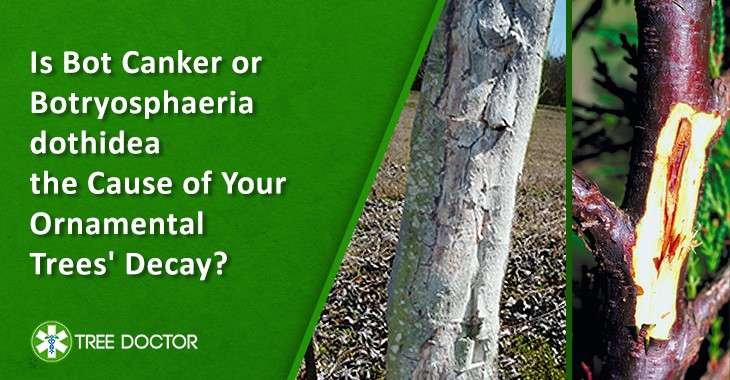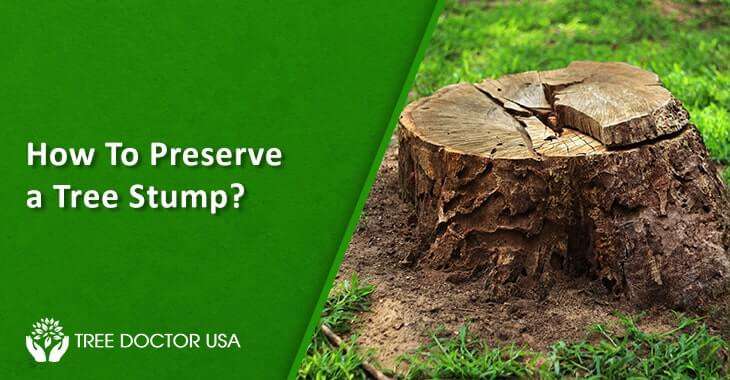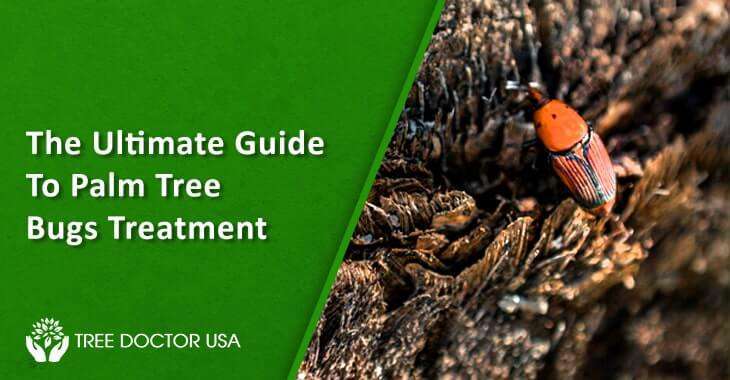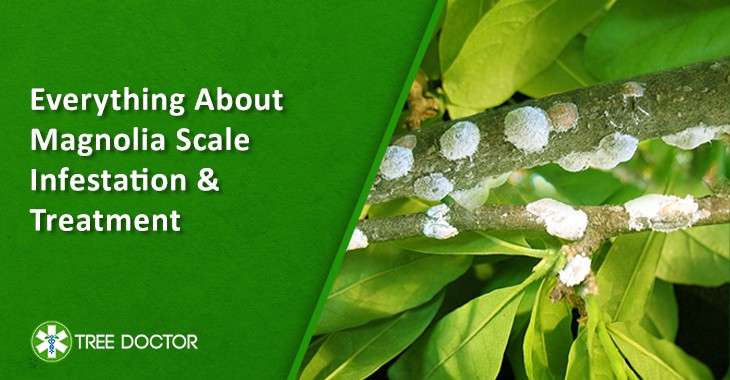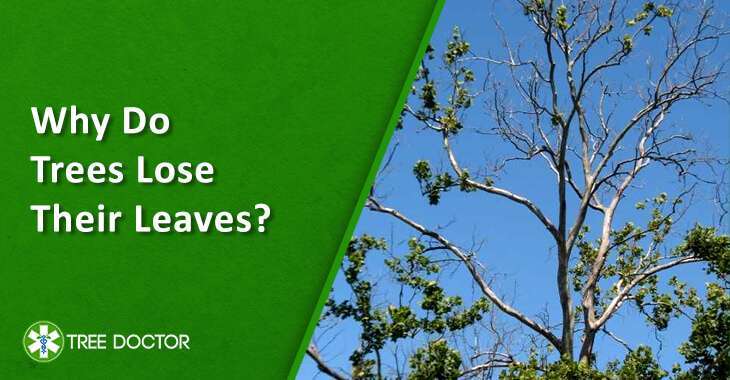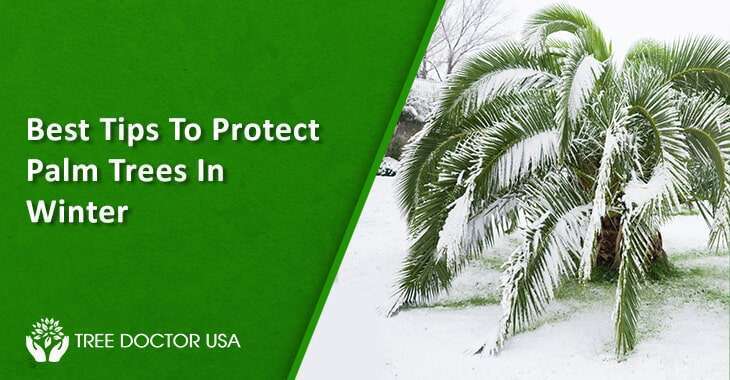Common Tree Problems in Newport Beach & How to Solve Them
Newport Beach is a peaceful coastal haven with beautiful scenery dotted with lush green trees. These trees are nature’s guardians of peace in this beautiful haven. This coastal gem is beautiful because of the graceful sway of palm trees and the grand presence of oak trees that create an oasis of peace. However, to maintain their beauty, they require careful attention and care.
Tree service in Newport Beach is more than just upkeep; it’s a dedication to keeping these natural wonders alive and beautiful. The trees in this seaside paradise are more than just decorations; they make it unique, and their lasting beauty means they deserve the most excellent care and attention.
Tree Biology must be understood first
Understanding tree biology can reveal a story of nature’s adaptability and resiliency. Trees embody a deeper narrative as silent witnesses to the passage of time. Their biological mechanisms explain why they can survive and grow in the unique climate of Newport Beach.
Trees have intricate anatomy. This is a result of evolutionary shaping. Each component of the tree plays a pivotal role. Their physiology delves into the intricate workings of nutrient absorption, photosynthesis, and water transportation. This magnifies the brilliance of nature’s design.
The climate in Newport Beach has challenges and opportunities for trees. They thrive in this environment because they can adapt. Trees conserve water during droughts and withstand coastal winds to adjust to different conditions.
Problem 1:Tree Pests and Diseases
Tree pests and diseases can jeopardize the health of trees, even though they are beautiful. It is crucial to understand these common adversaries: aphids, scale insects, and fungal diseases. This understanding will help safeguard the lush greenery.
Aphids: These minuscule, sap-sucking insects often gather on leaves and stems. Their presence leads to leaf curling, yellowing, and stunted growth. Aphids secrete a sticky substance called honeydew, which attracts mold and further affects the tree’s health.
Scale Insects: Recognizable by their shell-like covering, scale insects latch onto branches and leaves, draining the tree of its vital sap. Yellowed leaves, premature leaf drop, and twig dieback signal their infestation, weakening the tree’s resilience.
Fungal Diseases: Newport Beach’s climate can foster various fungal diseases, like powdery mildew or root rot. Powdery mildew forms a white, powdery layer on leaves, hindering photosynthesis. Meanwhile, root rot compromises the tree’s stability and nutrient uptake, manifesting through wilting leaves and decayed roots.
Preventing these adversaries involves a multifaceted approach.
Integrated Pest Management (IPM) practices encompass cultural, biological, and chemical methods. Regular tree inspections, pruning dead branches, and promoting good airflow aid in averting infestations. Biological controls like introducing natural predators of pests can also maintain a balanced ecosystem.
Engaging with Professional Tree Service Newport Beach providers offers a comprehensive shield against these threats. Their expertise not only identifies and treats existing issues but also implements preventive measures. By utilizing specialized treatments and following sustainable practices, they ensure the trees’ longevity while preserving the city’s greenery.
Problem 2: Tree Stress and Decline
Trees, with their majestic presence and vital role in our ecosystem, can sometimes face significant stressors that impact their health and vigor. Factors like drought, heat stress, and nutrient deficiencies contribute significantly to this stress, often leading to a decline in their overall well-being. Recognizing these signs and taking proactive steps becomes crucial to preserving the greenery that adorns our landscapes.
Factors contributing to tree stress
Drought: Newport Beach, known for its warm climate, occasionally faces drought conditions. Prolonged periods of inadequate moisture affect a tree’s ability to absorb water and vital nutrients from the soil, impacting its growth and vitality.
Heat Stress: High temperatures, especially during peak summers, can cause stress to trees, resulting in leaf scorch, wilting, and, in severe cases, permanent damage.
Nutrient Deficiencies: Trees require a balance of nutrients for healthy growth. Deficiencies in crucial elements like nitrogen, phosphorus, or potassium can make weakened trees more susceptible to disease and pests.
Identifying Signs of Stressed or Declining Trees
- Wilting Leaves: Leaves losing their vibrancy and drooping, even during regular watering, often indicate water stress.
- Stunted Growth: Failure to flourish or grow at a normal rate can signify underlying stress factors.
- Deadwood Formation: Dead branches or excessive leaf drop, especially outside the regular season, are indications of tree decline.
Alleviating Stress and Promoting Tree Health
Deep Watering: During dry spells, ensure deep watering to allow the roots to absorb moisture effectively. A slow, deep watering technique encourages root growth and resilience.
Mulching: Applying mulch around the base of the tree helps retain soil moisture, regulates soil temperature, and adds essential nutrients as it decomposes.
Fertilization: Supplementing the soil with appropriate fertilizers helps replenish vital nutrients, supporting the tree’s growth and resistance to stressors.
Problem 3:Structural Tree Problems
Weak branch unions, where two branches meet without forming a strong connection, create potential weak spots. Trunk cracks, often caused by environmental stress or disease, compromise the tree’s stability. Leaning trees might seem picturesque but can indicate root issues or imbalance, risking sudden collapses.
Unveiling the Risks:
The hazards? They’re more than just falling branches. Imagine a sudden collapse or a heavy branch giving way—posing threats to property, passersby, and even your family’s safety. Neglecting these warning signs could result in costly damage or unfortunate accidents.
The Vital Role of Professional Care:
Regular tree inspections and professional care services are vital for maintaining the structural integrity of your green companions. Certified arborists possess the expertise to identify these concerns early, offering tailored solutions to ensure your trees stay healthy and secure.
From strategic pruning to targeted support systems, professional tree service in Newport Beach provides proactive measures to address structural issues before they escalate. These experts not only preserve the beauty of your landscape but also safeguard your surroundings from potential risks.
Conclusion:
Trees service Newport Beach providers are not merely part of the landscape; they’re vital to the ecosystem and aesthetic appeal. Preserving their health requires proactive measures and expert care. Urging homeowners to prioritize tree maintenance, seek professional help from qualified arborists, and play their part in nurturing these natural assets for generations to come.
